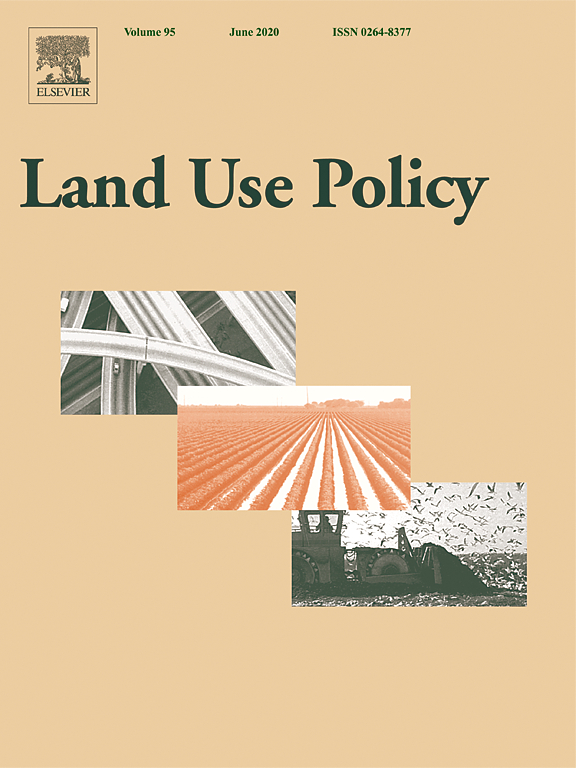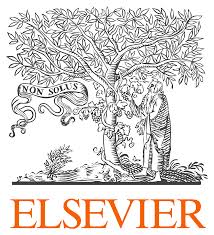Location
Land Use Policy is an international and interdisciplinary journal concerned with the social, economic, political, legal, physical and planning aspects of urban and rural land use. It provides a forum for the exchange of ideas and information from the diverse range of disciplines and interest groups which must be combined to formulate effective land use policies. The journal examines issues in geography, agriculture, forestry, irrigation, environmental conservation, housing, urban development and transport in both developed and developing countries through major refereed articles and shorter viewpoint pieces.
Land Use Policy aims to provide policy guidance to governments and planners and it is also a valuable teaching resource.
ISSN: 0264-8377
Members:
Resources
Displaying 106 - 110 of 279Introducing nature-based solutions into urban policy – facts and gaps. Case study of Poznań
Cities often don’t appreciate the benefits of green infrastructure (GI) enough. To recognise the extent to which green infrastructure and nature-based solutions (NbS) are present in the urban policy, we conducted a review of planning, strategic and programming documents of Poznań City as a Case Study.
A suboptimal array of options erodes the value of CAP ecological focus areas
As a part of the greening of the EU’s Common Agricultural Policy in 2013, Ecological Focus Areas (EFA) became mandatory for many European farmers, with the aim to enhance on-farm biodiversity. However, their effects on biodiversity have been disputed. In this interdisciplinary effort, we assessed the effects of current and alternative formulations of EFA regulations in Sweden.
Towards three decades of spatial development transformation in two contrasting post-Soviet cities—Kraków and Budapest
Urban structure, land use, and land cover analysis are among of the primary problems of urban planning. The paper analyses the structure of land cover in Kraków and Budapest, cities with similar past. The investigation involved 41 districts (18 districts in Kraków and 23 districts in Budapest). The authors attempted to apply a methodology to develop an approach to seek out similarities between the investigated units. Cluster analyses and GIS methods were employed to analyse land cover data provided by the European Environment Agency in the form of the Urban Atlas.
Scale-appropriate mechanization impacts on productivity among smallholders: Evidence from rice systems in the mid-hills of Nepal
Smallholder farmers in the mid-hills of Nepal are facing an acute labor shortage due to out-migration which, in general, has affected the capacity to achieve timely crop establishment, harvest, and inter-cultural operations. These effects are more visible in the case of labor-intensive crops such as rice and promoting higher levels of rural mechanization has emerged as the primary policy response option. Nevertheless, quantitative evidence for the ability of mechanization to offset the adverse effects of shortages increasing labor prices in these systems is largely absent.
Spatial distribution and uncertainties of nitrogen budgets for agriculture in the Tagus river basin in Portugal – Implications for effectiveness of mitigation measures
The present study describes a methodology to quantify the gross soil nitrogen balance (SNB) for agricultural land use in the Tagus Nitrate Vulnerable Zone (TVZ) between 1989 and 2016, including effects of implementation of the EC Nitrates Directive (ND, 91/676/EEC) since 2004. The study uses decadal information from National Agricultural Census at parish level and is supported by a Geographical Information System (GIS). The average SNB of the TVZ decreased significantly (p



